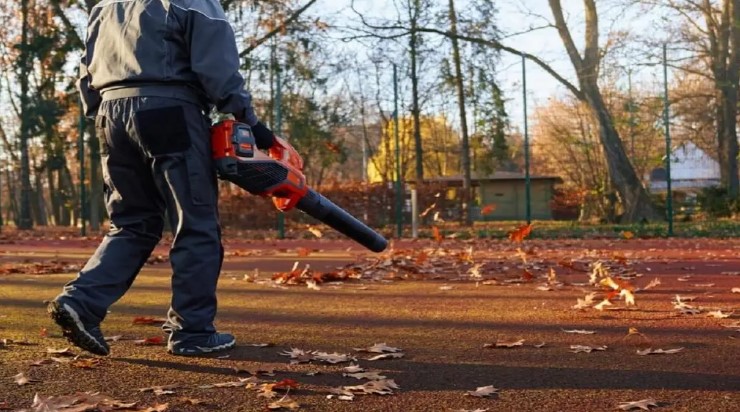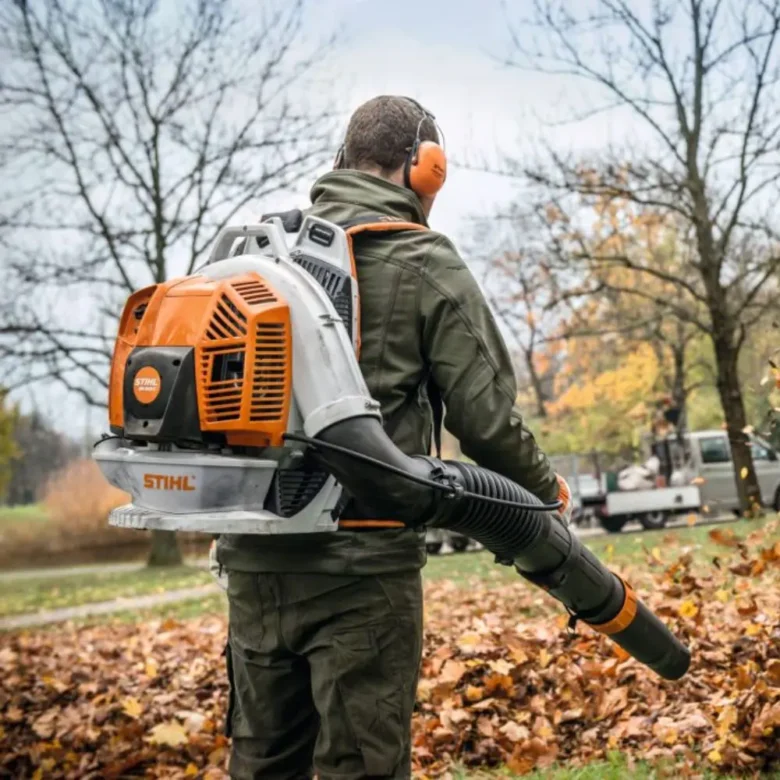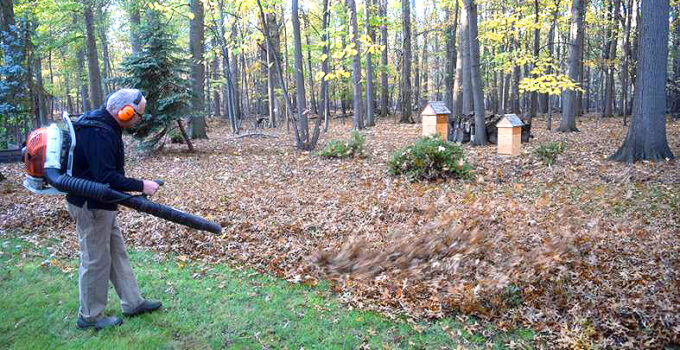When choosing a leaf blower, airflow is one of the most important yet least understood factors that determine how well the tool will perform. Many homeowners focus on voltage, battery size or brand reputation, but none of these specifications matter as much as understanding how air moves through the machine. The power of a leaf blower is ultimately defined by how effectively it pushes air, how far that airflow reaches and how well it can shift debris across different outdoor surfaces. This becomes even more crucial when selecting a cordless leaf blower, where smart engineering often matters more than raw engine output. As more gardeners seek guidance from equipment specialists such as Ron Smith, it has become clear that airflow is the true foundation of performance.
Air Volume vs Airspeed: The Two Metrics That Matter Most

Source:youtube.com
Airflow in leaf blowers is measured using two key metrics: air volume and airspeed. Air volume, usually expressed in cubic metres per hour (m³/h) or cubic feet per minute (CFM), tells you how much air the blower moves. Airspeed, measured in miles per hour (mph) or metres per second (m/s), describes how fast that air travels. Both matter, but understanding the relationship between them is what allows gardeners to choose a blower suited to their specific garden size and typical debris types.
A blower with high airspeed but low air volume may feel powerful, but it will struggle with larger piles of leaves. Conversely, a machine with strong air volume but weak speed may push big piles but fail to lift sticky or heavier debris. The ideal blower strikes a balance between the two, offering enough speed to lift and detach debris while providing enough volume to move it across the ground efficiently.
Matching Airflow to Garden Size

Matching Airflow to Garden Size
Garden size plays a major role in determining how much airflow you need. Small gardens typically require less power because the distances involved are shorter and debris builds up in smaller quantities. A compact blower with moderate air volume is often more than enough to clear patios, small lawns and narrow pathways. These blowers tend to be lighter, quieter and easier to manoeuvre, making them ideal for quick, frequent tidy-ups.
Medium-sized gardens benefit from blowers that provide a stronger combination of air volume and airspeed. These gardens often have multiple surfaces—lawns, decking, driveways, gravel paths—and the blower must adapt to each one. A blower that can push debris evenly across different textures without losing force becomes essential. For gardeners who deal with seasonal leaf fall, especially under large trees, power becomes even more important. A mid-range blower that creates steady, controlled airflow makes clearing these spaces far more efficient.
Large gardens and heavily wooded properties require significantly higher airflow levels. If you regularly deal with wet leaves, thick layers of debris or long stretches of land, you need a blower capable of moving large volumes of material over long distances. High air volume helps keep leaves moving in a steady flow, while strong airspeed ensures that heavier debris does not settle before you reach your collection area. While some of these tasks were once reserved for petrol blowers, modern cordless models have advanced far enough to compete, especially those with high-performance brushless motors and large-capacity batteries.
How Nozzle Design and Power Systems Influence Real Performance

blower with high airspeed
The type of debris you typically encounter will also guide your decision. Dry leaves require less force to move, making almost any blower capable of handling them. Wet leaves, however, are far more stubborn. They cling to turf, stick to paving stones and gather in dense layers along fences and corners. To lift and push this material, strong airspeed is essential. Grass clippings, sawdust and fine dust also require more speed because the blower must loosen the particles before moving them. For gardeners who frequently mow, prune or work with DIY materials, a blower with high airspeed becomes invaluable.
Airflow performance is also influenced by nozzle design. Some blowers use wide nozzles that spread air over a larger area, making them ideal for clearing broad surfaces quickly. Others use narrower, tapered tips that concentrate airflow for lifting heavier debris or reaching tight spaces. The ability to swap between nozzle types can make a noticeable difference in how well the blower handles different tasks around the garden. A well-designed nozzle maximises airflow efficiency without requiring a more powerful motor.
Battery strength and motor efficiency also affect airflow. Two blowers with identical airflow ratings on paper may perform differently if one has a more advanced motor or a better battery system. Brushless motors, for example, generate smoother, more consistent airflow while using less energy. This means the blower maintains peak performance longer before the battery begins to drop. Similarly, high-capacity batteries help sustain airflow throughout long tasks, making garden maintenance more predictable and less rushed.
Weather conditions can affect blower performance as well. On windy days, controlling the direction of airflow becomes more challenging, and a more powerful blower helps you work with, rather than against, the wind. Damp or humid conditions also require stronger airflow to prevent clumping, especially when clearing leaves on grass or compacted soils.

Choosing the right blower
Choosing the right blower is ultimately about matching airflow to your garden’s needs. Too much power can feel unnecessary and make the tool heavier than required. Too little power leaves you frustrated and unable to clear debris effectively. Understanding the balance between air volume, airspeed, garden size and debris type ensures you invest in a blower that feels intuitive, efficient and enjoyable to use.
A leaf blower should make gardening easier, not more complicated. By focusing on airflow—and not just the marketing numbers—you can choose a tool that keeps your pathways clean, your patio looking sharp and your garden feeling cared for throughout every season. The right airflow creates a sense of effortlessness, turning maintenance into quick, satisfying moments rather than long, tiring chores. If you’d like, I can now write topic #8 or create a new set of garden-tool topics tailored to your needs.




